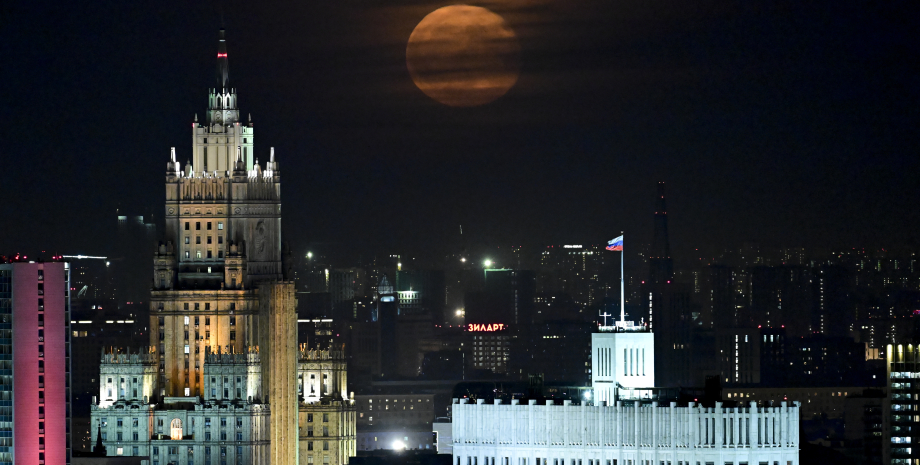
 By Eliza Popova
By Eliza Popova
According to a document prepared by the "system operator" (the only dispatcher of the country's power system), by 2030 the capital of Russia is projected in the amount of 1. 6 gigavat, and by 2042, this deficit can increase to 4. 2 gigavat by 2042. Problems with the energy supply of the Moscow region were first voiced by the "system operator" last year.
The main reason is the difficulty of maintaining foreign equipment, in particular gas turbines at thermal power plants, which left without spare parts and repair after increasing Western sanctions in June 2023. General Electric (GE) and Siemens stopped servicing turbines at Russian TPPs, which provided about 9% of the Russian power system.
In order to compensate for the future electricity deficit in Moscow, it is necessary to build a new gas station on steam -roasted blocks with a capacity of 1 gigawatt. In addition, it is envisaged to lay two DC power lines from Kursk and Novovorovene NPP with a capacity of at least 1. 5 gigavat each. The cost of construction, according to the "system operator", is estimated at 174-351 billion rubles.
Oleg Shevtsov, CEO of JSC "Transnerk", noted that in the power system of Moscow and Moscow region, stations with foreign gas turbines with a total capacity of 1. 7 gigavat, whose service is complicated through sanctions. He called the physical wear of the power grids a separate problem, which, according to him, reached about 70% for distribution networks and about 50% for the main ones.










All rights reserved IN-Ukraine.info - 2022